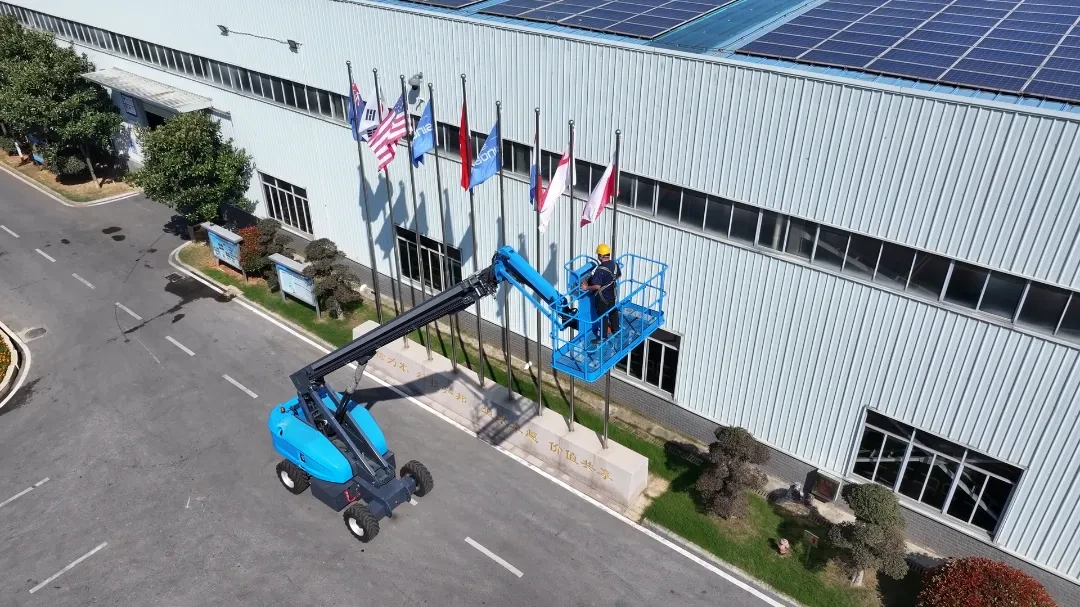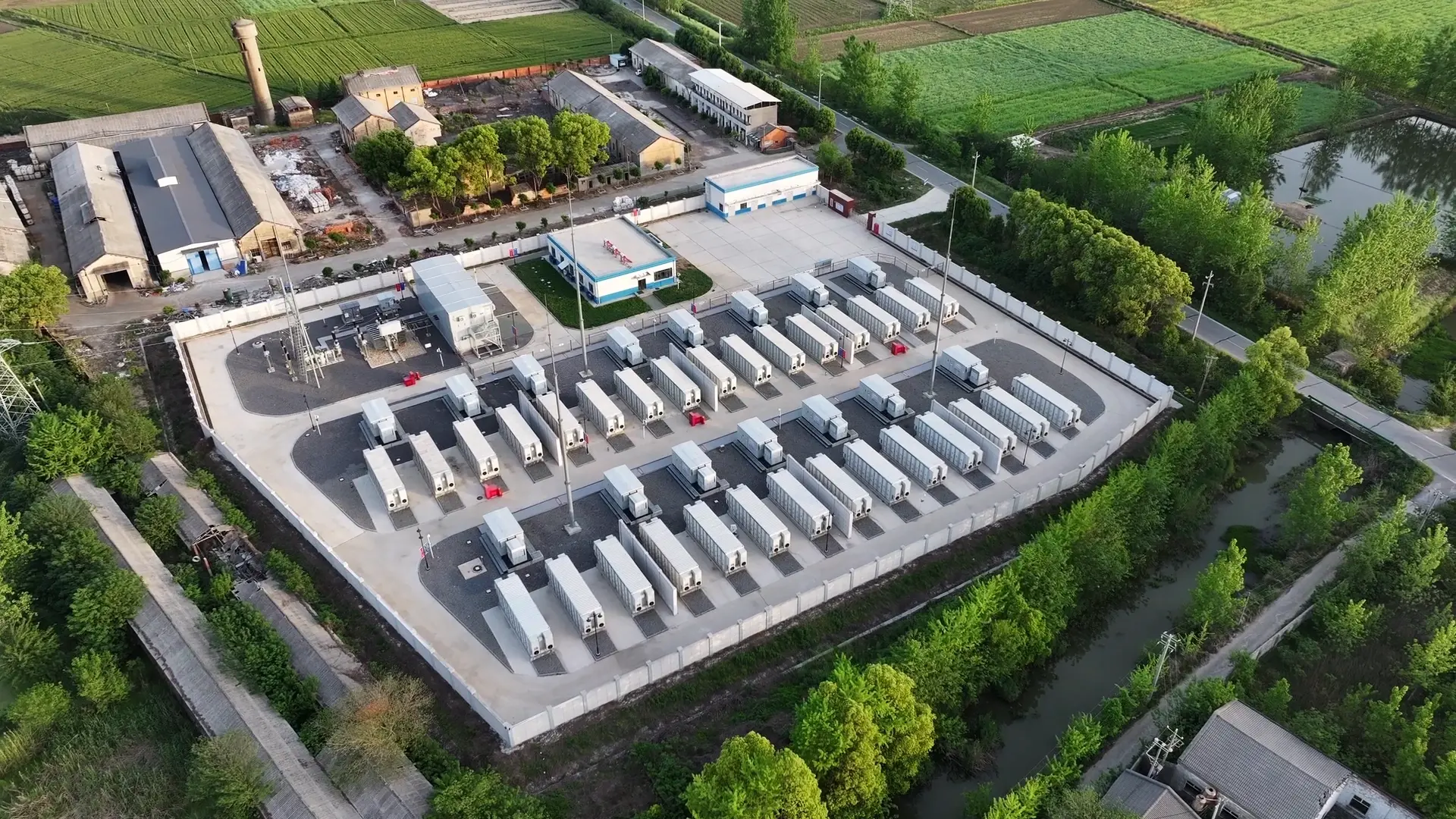As the world becomes increasingly digital, the need for reliable power backup systems has never been greater. From hyperscale data centers and telecom networks to industrial facilities and hospitals, UPS batteries play a critical role in ensuring uninterrupted operations.
In 2025, the global UPS battery market is set to experience another wave of transformation, driven by the adoption of new technologies, sustainability goals, and the expansion of digital infrastructure. According to industry reports, the market is projected to reach USD 24.8 billion by 2030, growing at a CAGR of over 14% . Here are the five key trends shaping the future of this fast-evolving industry.
1. Lithium-ion Batteries Are Replacing Traditional Lead-acid Systems
One of the most significant changes in the UPS battery market is the rapid shift from traditional lead-acid batteries to lithium-ion technology.
For decades, VRLA (valve-regulated lead-acid) batteries dominated the market because of their maturity and reliability. However, lithium UPS batteries are increasingly replacing them, offering higher energy density, longer service life, faster charging, and minimal maintenance requirements.
Beyond technical performance, the total cost of ownership (TCO) for lithium-ion UPS systems is becoming more competitive as manufacturing efficiency improves and global production scales up. Many enterprises now find that, over the battery’s lifespan, lithium systems offer better long-term value than lead-acid.
Simply put, the future of UPS battery technology is lithium-driven—a shift driven by performance, reliability, and cost-effectiveness.
2. Data Center and 5G Expansion Are Fueling Demand
Each 5G base station, cloud facility, and micro data center requires compact, reliable UPS batteries to ensure uninterrupted operation during power fluctuations. Lithium-ion batteries are ideal for these applications because they are smaller, lighter, and deliver higher power density—critical advantages in space-limited installations.
As a result, data centers remain the largest end user of lithium UPS batteries, followed closely by telecom and industrial sectors. The accelerating digital transformation across all industries continues to drive this upward trend.
3. Modular and Scalable UPS Designs Are Becoming the New Standard
As businesses expand their digital infrastructure, flexibility and scalability have become top priorities. The demand for modular UPS systems—where power modules and battery packs can be easily added or replaced—continues to rise.
Lithium UPS batteries align perfectly with this modular approach. Their lightweight and compact design, combined with advanced Battery Management Systems (BMS), allows for faster installation, remote monitoring, and simplified maintenance.
Enterprises and telecom operators are increasingly choosing modular lithium-ion UPS solutions to optimize space, minimize downtime, and expand capacity efficiently—making modularity a defining trend of the future UPS landscape.
4. Sustainability and Carbon Reduction Are Driving Battery Innovation
As global industries pursue carbon neutrality, the UPS battery market is evolving toward greener and more energy-efficient technologies.
Lithium-ion batteries not only improve power efficiency but also help reduce waste and overall environmental impact. Compared with traditional lead-acid systems, lithium UPS batteries feature a smaller footprint, longer service life, and significantly lower energy losses—making them the sustainable choice for next-generation infrastructure.
For data centers seeking LEED or ISO 50001 certifications, switching to lithium systems is an important step toward achieving low-carbon operations. The combination of superior performance and environmental responsibility ensures that lithium technology remains the preferred option for future power systems.
5. Falling Costs and Emerging Markets Are Accelerating Adoption
Over the past decade, the cost of lithium-ion batteries has dropped dramatically, thanks to advances in manufacturing, supply chain optimization, and economies of scale. This price reduction is eliminating one of the final barriers to widespread adoption of lithium UPS systems.
Meanwhile, emerging markets in Asia-Pacific, Africa, and the Middle East—where grid reliability is often unstable—are seeing a surge in demand for robust backup power solutions. In these regions, lithium-ion UPS batteries deliver longer lifespan, higher safety, and lower maintenance costs, providing long-term value for both commercial and industrial users.
With strong momentum in both mature and emerging economies, lithium-ion is rapidly becoming the global standard for UPS power backup.
Conclusion
From data centers and 5G infrastructure to industrial automation, the UPS battery market is entering a new era of innovation and sustainability. With lithium-ion rapidly becoming the global standard for UPS power backup, now is the perfect time to upgrade your power infrastructure. Our lithium UPS battery solutions combine high energy density, long lifespan, modular design, and advanced battery management to meet the demands of modern data centers, telecom networks, and industrial applications.
Explore our UPS battery portfolio today to ensure uninterrupted, efficient, and sustainable power for your business.




























 2025-11-10
2025-11-10 Name
Name Tel
Tel Email
Email Country
Country Company
Company Information
Information